What Is a lead magnet?
A lead magnet is an incentive that marketers offer to potential customers in exchange for their email address or other contact information. Lead magnets usually offer a free piece of downloadable content, such as a PDF, whitepaper, infographic, checklist, report, ebook, or video.
Should I host a downloadable PDF?
No. There’s a better way to collect email addresses than gating your content behind a form to download a PDF. You should still collect emails in exchange for your proprietary content.
Gated content is any content that your visitors can access only after providing their information. PDFs are a common lead magnet, but they’re actually in conflict with your marketing goals to keep users on site and track their behavior.
However, there is a more optimal method of presenting the content to keep users interacting with your website. It beats losing them and any tracking you might have had when they download a PDF and you lose the trail and their attention on your site.
Play our 2-minute flash briefing episodes to hear more about the solution:
Part 1 of 2:
Whether you want to entice an audience with a white paper, infographic, or one-page PDF, here's why you should stop with those downloadable assets. Press play below:
Subscribe free to this daily show on your podcast app or Alexa Flash Briefing.
Part 2 of 2:
You want to keep users on your site, not send them off to a PDF where you lose insight on their activity and clicks. Downloadable PDFs are popular lead magnets (forms where users give their email address in exchange for downloading your content like a white paper, infographic, or one-page PDF).
What is a better lead magnet than a PDF?
Publish a short (100-200 word) indexable abstract followed by a form to fill out in order to access the full content. Have that full content appear on the page (staying on your site) only after they submit the form, giving their contact info.
That way you don’t lose tracking or engagement on your site to a static offline asset (PDF), or risk them forwarding it for free to their friends (also without any tracking or email addresses for you).
Keep users on your site which is designed to usher them through a purposeful buyer journey. Don’t send them off site!
Want more marketing tips like this? Subscribe free to the number one marketing briefing on Alexa.










